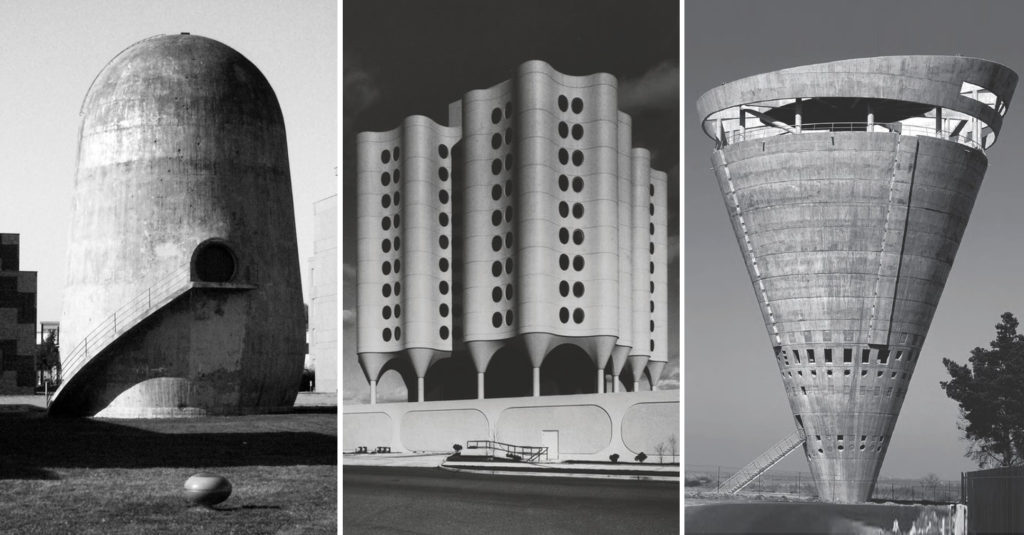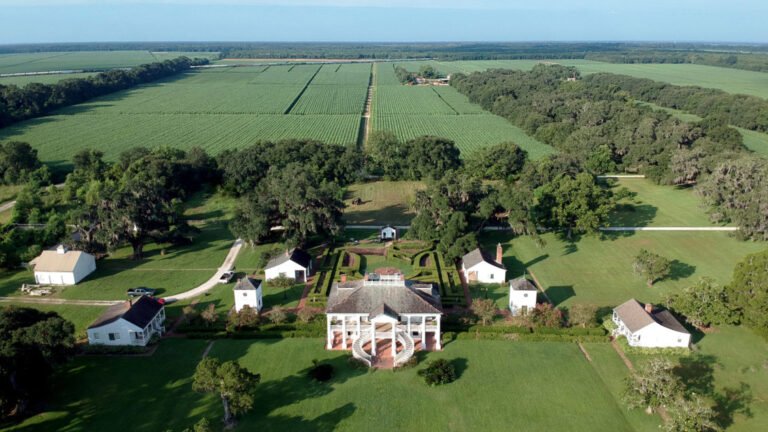“Architects Should Continue Using Concrete. Change My Mind.”
Architizer’s new image-heavy daily newsletter, The Plug, is easy on the eyes, giving readers a quick jolt of inspiration to supercharge their days. Plug in to the latest design discussions by subscribing.
“What’s nice about concrete is that it looks unfinished.”
– Zaha Hadid
Before embarking on my argument, I want to get something out of the way: I believe that climate change is real. I also believe that mitigating climate change by lowering carbon emissions in as many areas of human life as possible is an urgent necessity in our century. Doing so is the only way to preserve the chance that future generations will be able to enjoy a decent and dignified existence.
Another point to add in the preamble: I agree that concrete is an enormous contributor to climate change. It would be silly to try to deny it. The facts are there for anyone who cares to look.
According to the Princeton Student Climate Initiative, the manufacture of concrete produces 4 billion tonnes of carbon dioxide annually, about 8% of global emissions. By comparison, transportation accounts for 29% of global emissions. The reason concrete is so carbon-heavy has to do with the manufacture of cement, the binding agent that, when mixed with water and gravel or sand, creates concrete – that magical liquid stone that enabled the creation of modern cities and remains the most consumed product on Earth after water. (Food is not even in spitting distance).
To create cement, limestone, clay and other materials are fired in massive kilns at over 1,200 degrees fahrenheit. And again, this is done a lot, all over the world, as concrete is used in almost every aspect of construction worldwide, from roads to sidewalks to bridges to pipes and more. Even most wood frame buildings have concrete foundations. As the architect Sarah Nichols put it, concrete is in “almost everything” and can be found “almost everywhere” in the modern world.
In a brilliant 2022 essay for Noema, author Joe Zadeh explains that “such a monstrous scale of production has monstrous consequences.” He adds that “concrete has been like a nuclear bomb in man’s conquest of nature: redirecting great rivers (often away from the communities that had come to rely on them), reducing quarried mountains to mere hills, and contributing to biodiversity loss and mass flooding by effectively sealing large swathes of land in an impermeable gray crust.”
It is no wonder that some writers have advocated abandoning concrete altogether, arguing that new techniques of engineering wood and other materials obviate the need for all this gray sludge. Right here in Architizer, Francesca Mercurio asserted bluntly that “architects should stop using concrete.” She writes that “we should be striving toward a mindset shift, one where humans understand their place on Earth and respect their ecosystems and natural terrains. We must shift our priority from grandeur and excess to preserving the Earth’s natural resources and ultimately, close the chapter on the concrete era.”

Because it can be cast into any shape, concrete opened up new possibilities for architects, essentially enabling the development of modern architecture as we understand it. Via Phaidon and Architizer.
However, even Mercurio admits that “there is certainly no clear path” to abandoning concrete altogether, as there are no real substitutes that are as cheap and versatile to meet the needs of a world that is still in the process of urbanizing. And here is my worry.
At times, the broadsides against concrete seem to be attacks on modernity itself, a claim that the time has come to scale back and learn to live with less. It is often linked to a call to repair existing infrastructure instead of always building more. But that is not an option for the developing world, where necessary infrastructure is still being constructed and the process of industrialization and economic growth is lifting millions out of poverty. When people say that “concrete built the modern world,” it almost seems to imply that the modern world has already been built, which is far from the case. Politically, economically, physically, and morally, humanity remains involved in a period of growth and transformation.
As a democratic socialist, I am not happy with where we are. I do not want to stop building and go back to nature, as doing so would require an enormous amount of sacrifice on the part of the world’s most vulnerable people. A sustainable future is key, but it must be a high-tech future, one that is able to provide for the needs of a global population that continues to grow. To do this, we are going to need to move mountains — literally. Certainly, innovations toward a greener concrete should be commended, as should building practices that allow architects to use less concrete. In this vein, Philippe Block’s research into how architects can use vaulting to limit the amount of concrete used even in high rise structures is particularly fascinating. But until a real alternative to concrete presents itself, we are very much still in the “concrete era.”
Architizer’s new image-heavy daily newsletter, The Plug, is easy on the eyes, giving readers a quick jolt of inspiration to supercharge their days. Plug in to the latest design discussions by subscribing.
Cover image: RW Concrete Church by NAMELESS Architecture, Seoul, South Korea




